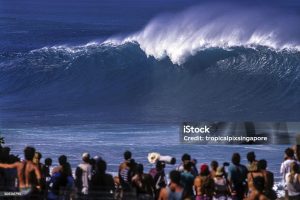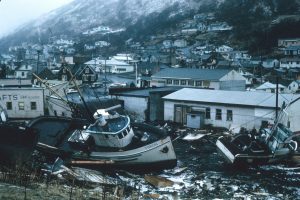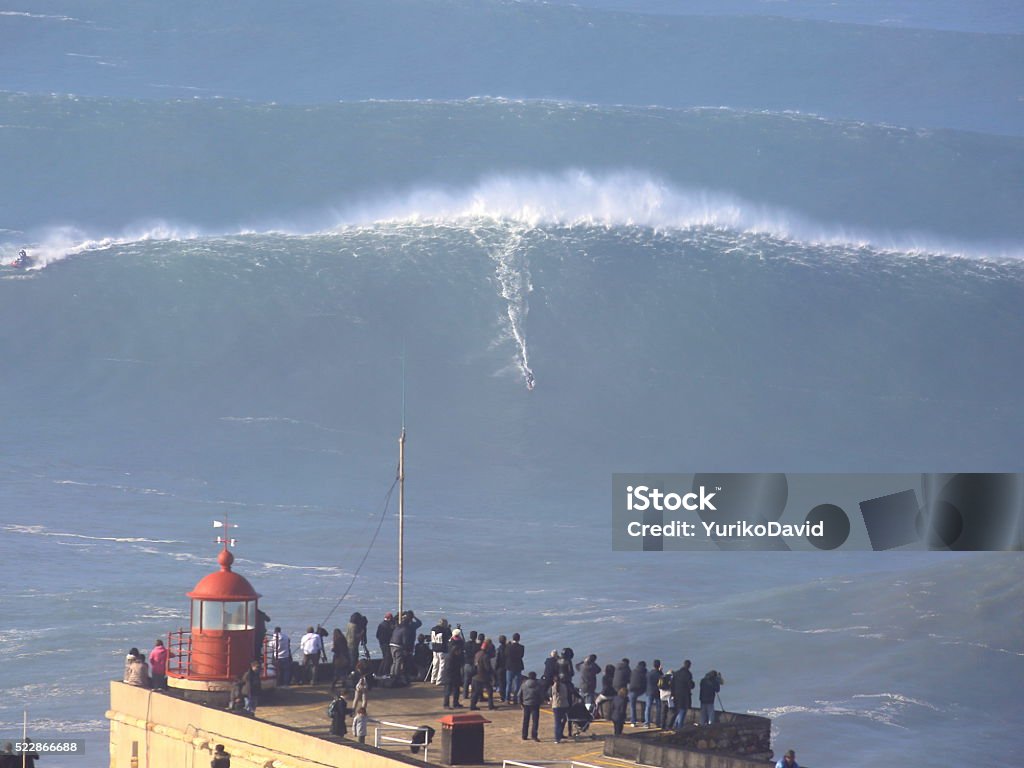
🌊 Earthquake and Tsunami Alerts: Panic in the Pacific — What Really Happened?
“The ocean didn’t roar… but the fear it caused echoed across islands, shaking hearts more than the earth itself.”

🌍 A Sudden Shudder Beneath the Pacific
It started like any other day — until the ground began to tremble beneath the sea. On July 30th, a powerful undersea earthquake violently shook the Pacific tectonic plates, unleashing waves of fear more than water. Within minutes, tsunami warnings were flashing across screens in Hawaii, Japan, and Pacific coastal regions.
People fled beaches, sirens wailed, and the haunting possibility of a catastrophic wave loomed — but no one knew if the monster from the deep would rise or not.
📊 What Actually Happened?
The earthquake, estimated at 8.2 magnitude, struck at around 3:42 PM UTC, deep beneath the ocean floor near the Pacific Plate zone. The quake was forceful enough to trigger an automatic tsunami warning across Pacific nations.
- Hawaii issued evacuation alerts along the coast.
- Tsunami sirens echoed in beach towns.
- Live broadcasts interrupted regular programming.
😱 A Terrifying False Alarm — But Still Deadly Serious
Fortunately, no large tsunami waves struck. Minor sea-level changes were observed in some areas, but nothing deadly. However, the panic it caused was very real.
“People were crying, running. I grabbed my kids and ran for the hills. We thought it was the end,” said a Hawaii resident.
The psychological shock of the event was intense. Old memories of tsunamis in Indonesia (2004) or Japan (2011) returned like ghosts from the past.
📲 Social Media Eruption
Platforms like X (Twitter), TikTok, and Instagram exploded. Videos of shaking water, fake tsunami clips, and even conspiracy theories spread like wildfire.
Experts from USGS and PTWC quickly clarified: there was no immediate tsunami threat anymore — but they urged people to remain alert and not let their guard down.
🔐 What This Means for the Future
Even without massive destruction, this earthquake proved one thing: the ocean’s silence can be scarier than its rage.
- Be prepared.
- Follow official sources only.
- And always take warnings seriously — because next time, the wave may not stay in the sea.
✅ Final Note
Tsunamis don’t knock before arriving. One minute it’s calm… the next, it’s chaos. The best defense is awareness, calm action, and quick response. Stay safe, and never ignore the signs.

